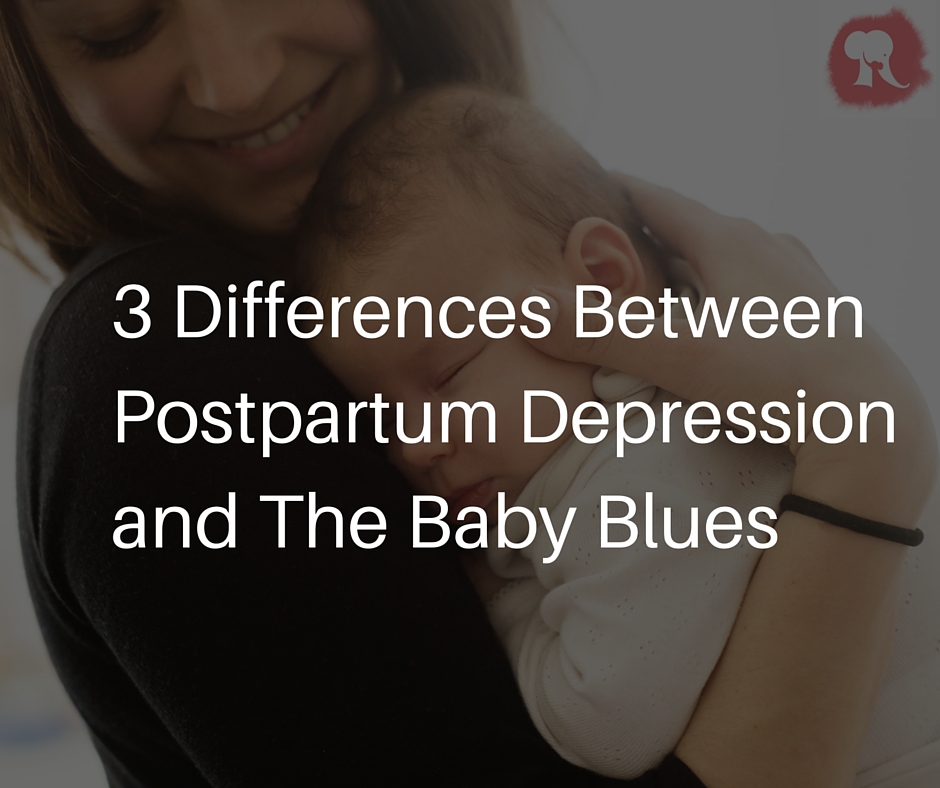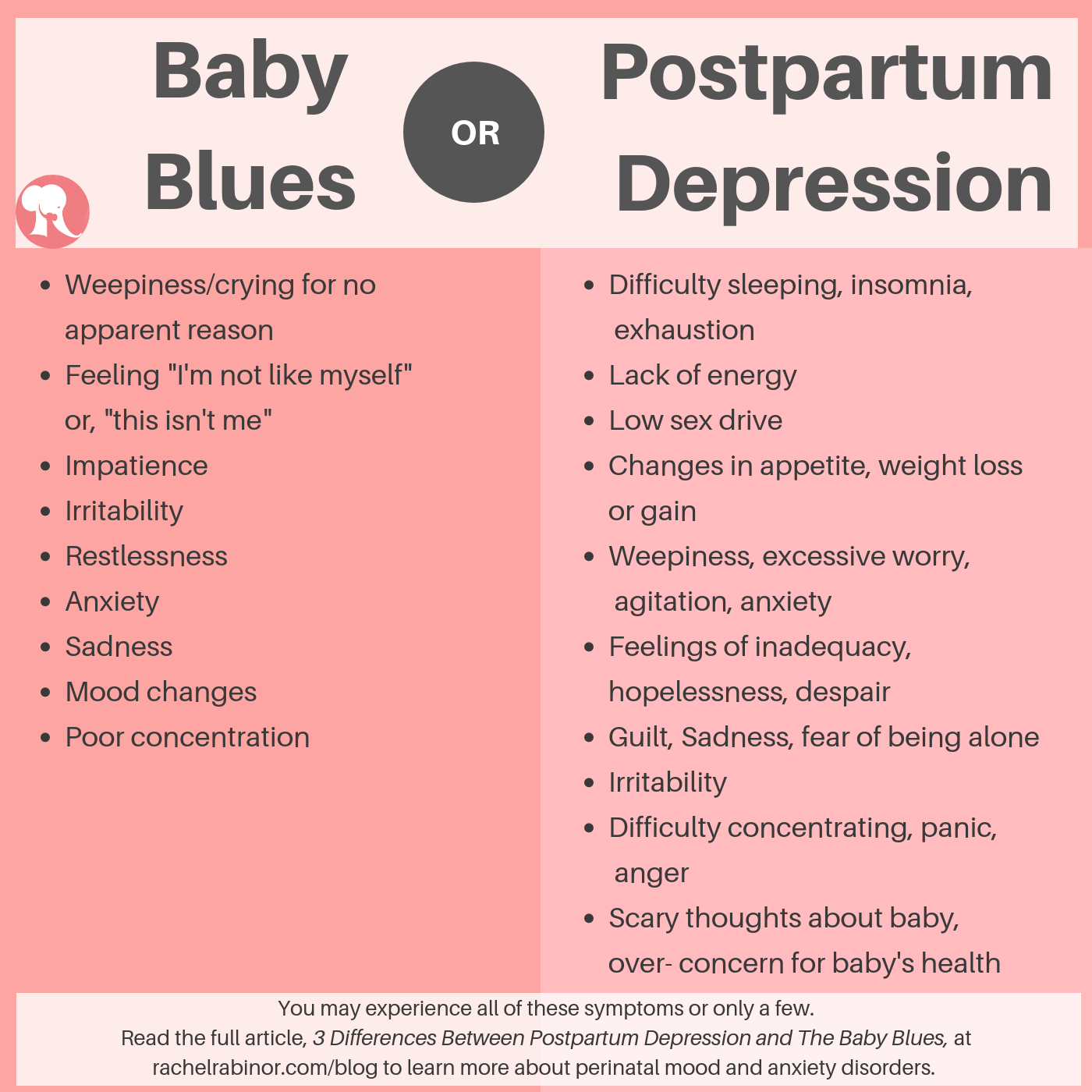Birth Trauma: Strategies for Healing and Prevention
Whether you're anticipating a future pregnancy or currently pregnant, there are many things you can do to reduce the likelihood of experiencing a subsequent birth trauma.
This is the second part of a two part series on Birth Trauma. In Part 1, which you can read here, you met Sara who was fearful of becoming pregnant with a second child. Although she was riddled with anxiety, she was unaware she had a real problem: because she’d experienced trauma after the birth of her first child she feared getting pregnant. Although birth trauma is a real psychological condition, with concrete symptoms and a diagnostic criteria, many people internalize their experience, feeling shameful instead of seeking support.
My chance encounter with Sara was pivotal. A few weeks later she reached out asking for a referral to a local therapist. Through our informal talks I was able to help Sara understand how her unique experience left her vulnerable to experiencing a traumatic birth (also called postpartum PTSD), and that it was not only extremely common but treatable.
Sara, like many women I see in my practice, was unaware that her symptoms were worth paying attention to. The most common coping strategy I hear about is the attempt to ignore symptoms- to sweep them under the rug so to speak. But this approach is rarely successful for very long.
Women who eventually enter my office for therapy are typically struggling with one or more of the symptoms addressed in Part 1 of this series- symptoms that interfere with their ability to function at home or at work. In this article I’d like to offer some recommendations for healing from traumatic birth and/or preventing a subsequent similar experience.
Treatment of Traumatic Birth, or Postpartum PTSD
While many women who experience some symptoms of Postpartum PTSD will resolve their emotional stress with positive support from friends or family members, others will continue to struggle and will benefit from professional help. Recommended treatment for Postpartum PTSD starts with a thorough assessment by a trained mental health provider.
It’s critical to be assessed by someone who specializes in maternal mental health for a correct diagnosis to be made. Therapists unfamiliar with postpartum PTSD might inadvertently recognize the symptoms as postpartum depression or anxiety. Although some of the symptoms are similar, the underlying experience of a birth trauma calls for a different treatment approach.
Both medication and therapy are evidence-based recommendations for treating birth trauma. Many therapies work quickly and effectively with postpartum PTSD, such as EMDR, which I offer in my practice. Narrative, group, and body-based therapy can be helpful treatment modalities.
Avoiding a Subsequent Traumatic Birth
Whether you're anticipating a future pregnancy or currently pregnant, there are many things you can do to reduce the likelihood of experiencing a subsequent birth trauma.
Include your partner in this process. While it might seem obvious to some, others may feel isolated by their initial trauma and not realize the important role a partner can play in providing support and mitigating a subsequent traumatic experience.
Hire a doula. Simply put, a doula is a trained professional who provides continuous physical, emotional and informational support to a mother before, during and shortly after childbirth to help her achieve the healthiest, most satisfying experience possible. If for some reason the birth is not going according to your ideal plan, a doula will intervene during labor with the intention of alleviating the trauma to reduce a woman’s chances of developing PTSD.
Take a childbirth education class. It’s important for women (and their partners) to be educated about what is supposed to happen during childbirth and what happens in the body during the birthing process. Childbirth classes also help to inform expecting parents about options during birth including: pain management, birthing positions, and how to cope with complications during birth.
Develop a written birth plan with your birth team. Discuss and include the interventions you are open to, those you want to avoid. Explore your back up plan. Remember to plan for the postpartum period and to consider the support that will help ease your adjustment to motherhood, or to mothering an additional child.
Talk to someone you trust. Work through any past traumas with a therapist, or at the very least discuss your history with your care providers to best prepare for the experience of labor and birth. Meeting with a psychotherapist or body worker specializing in perinatal mental health allows you to focus on beliefs, emotions, sensations and andy past experiences that may influence your upcoming birth.
Help Is Available
Birth trauma is highly treatable; the first step of course is to recognize there's a problem. With help you can avoid additional suffering and complications for both mom and baby. In San Diego, Postpartum Health Alliance offers a warmline with trained volunteers as well as a provider directory to locate trained therapists and other birth professionals. Outside of San Diego, Postpartum Support International can connect you with therapists worldwide who specialize in maternal mental health disorders.
3 Differences Between Postpartum Depression and The Baby Blues
People often confuse the Baby Blues and Postpartum Depression. Some like to say that all moms have a bit of postpartum. Have you heard that? When I hear that I presume they're not sure what the difference is between the Baby Blues, which are normal mood fluctuations after having a baby, and something more serious like Postpartum Depression or Postpartum Anxiety.
People often confuse the Baby Blues and Postpartum Depression. Some like to say that all moms have a bit of "postpartum". Have you heard that? When I hear that I presume they're not sure what the difference is between the Baby Blues, which are normal mood fluctuations after having a baby, and something more serious like Postpartum Depression or Postpartum Anxiety (and then there's the very important fact that "postpartum" is actually a period of time, not a condition).
For the purpose of this post, I want to clarify that PPD and PPA are NOT the only mental health concerns during pregnancy or postpartum. They fall under the umbrella of Perinatal Mood and Anxiety Disorders (PMAD), but I wouldn't have caught your attention with that title now, right?
Are there visual cues to detecting Postpartum Depression?
It's not only regular folks who are confused about the differences, but some medical professionals are also a bit unclear. I've heard that some some professionals specializing in women's health don't formally screen for perinatal mood or anxiety disorders because they feel they can tell whether a mom is struggling with PPD just by looking at her. Is it possible, you wonder?
Here's a quick quiz: below are two images of postpartum women. Which woman has the Baby Blues? Which has Postpartum Depression? If you're struggling with Postpartum Depression right now, or have in the past you know better than to fall for this one: you don't have to be sad and teary to be diagnosed with a PMAD. In fact, many women make an enormous effort to look put together. If this sounds like you, you're definitely not alone.
Image A
image b
The Face of the Baby Blues
The massive hormonal shift immediately after birthing a baby will more likely have you looking like the image on the left, "Image A" than the one on the right, "Image B". A shocker for many despite the fact that the Baby Blues affects up to 80% of mothers and as I said earlier, are due to a normal fluctuation of hormones.
Danielle Haines, on the left (Image A), is a doula and midwife in-training. She posted this raw image of herself on Facebook a few months ago. It was taken days after giving birth to her son, and she shared it in an effort to shed light on what the adjustment to early motherhood really looks like. Sadly, there's still stigma attached to this normal postpartum experience. Women are unfortunately hesitant to share that motherhood isn't all ice cream and roses.
The Face of Postpartum Depression
The image on the right, of course, is Hayden Panettiere. She looks like so many new moms--walking on the beach, seemingly happy with her baby and fiancé. No visual cues that she is suffering. This is also how many women who are suffering survive, by projecting a put-together image of themselves, avoiding the shame and stigma that still persists. Meanwhile they're falling apart on the inside. Alone. Because they "look fine" no one pays attention. They slip through the cracks. Up to 20% of women experience a Perinatal Mood or Anxiety Disorder.
When this photograph of Panettiere was captured her baby was three months old. She sought treatment for postpartum depression seven months(!) after that image was publicized. Fortunately, times are changing and celebrities like Hayden Panettiere are more open about their real-life experiences adjusting to early motherhood. Thankfully there is a growing effort to destigmatize PMADs, and to motivate others to get the help they need.
Symptoms of Postpartum Depression vs the Baby Blues
So if we (doctors included) can't tell by looking, how can we know if what we're feeling is part of the normal adjustment to early motherhood or something more serious? Below is a cheat sheet describing the different symptoms one may experience with either the Baby Blues or Postpartum Depression. You may notice some similarities. Keep reading below to better understand the differences.
It's not necessarily what you are feeling. It's how often you feel it, how long you have been feeling this way, and how much it impedes your functioning.
1-Duration
How long have you been feeling this way? The baby blues typically resolves within 2-3 weeks after giving birth, whereas Postpartum Depression symptoms continue for longer, and may present several weeks or months after having a new baby (*or bringing one home-- PPD impacts adoptive parents as well as fathers/non birthing parents).
2- Intensity
How much are these feelings interfering with your life? If you're not sure how to evaluate intensity, answer these questions:
Do I find it hard to care for my own basic needs or those of my baby or other children? Is my eating or sleeping affected by these feelings?
Are these feelings interfering with other important relationships? With my partner? Other family members? Friends? Work?
3-Frequency
How often are you feeling this way? Once a week? Once a day? Nonstop? There's a difference.
It's important to recognize that some of the most common symptoms of postpartum depression-- rage and anxiety for example-- look nothing like the stereotypical image of a saddened, depressed woman who can't get out of bed. Symptoms of the Baby Blues respond extremely well to rest and other forms of self-care. Here's an article that outlines 6 Ways to Improve your Postpartum Self-Care.
Getting help for Postpartum Depression
If you've been struggling with distressing thoughts and feelings for longer than two weeks, I recommend that you reach out to your doctor or a psychotherapist who specializes in perinatal mood and anxiety disorders.
And if it's less than two weeks but you just "know" something's not right, pay attention to that inner voice. Trust that you know yourself best and reach out for help. It really doesn't matter what we call it; you and your baby both deserve the care and attention you need to thrive. It's also important to reiterate that Postpartum Depression as referred to in this article, falls under the umbrella of perinatal mood and anxiety disorders, PMADs, which encompass other illnesses such as postpartum obsessive compulsive disorder, postpartum anxiety, postpartum post-traumatic stress disorder and postpartum psychosis.
If you or someone you know is struggling with a Perinatal Mood or Anxiety Disorder, please reach out for support. PMADs are very treatable. In my private practice in San Diego, California where I specialize in Maternal Mental Health, I offer a free 30 minute in-person consultation to find out if I'm the right therapist for you. Postpartum Support International (PSI) is a national organization that maintains a warmline and a list of trained providers specializing in Maternal Mental Health. If you’re in San Diego, CA, The Postpartum Health Alliance is our local chapter of PSI and a wonderful resource.









